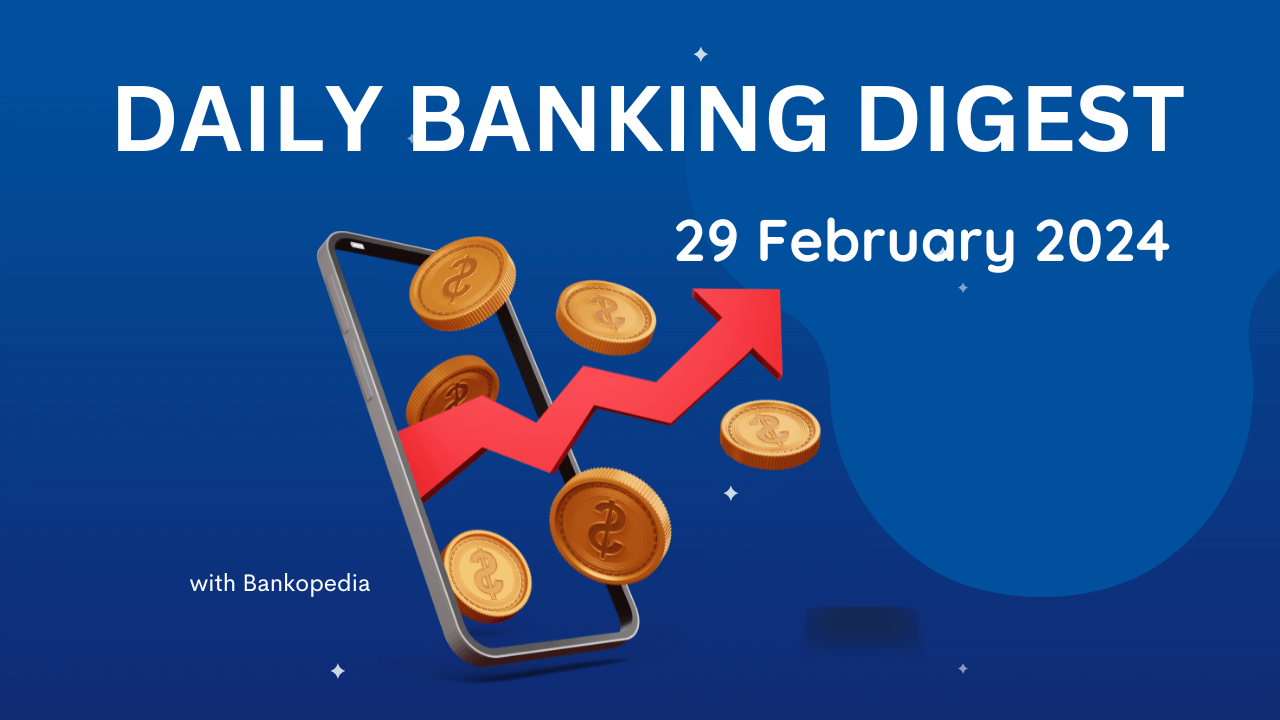Welcome to Daily Banking Digest, your premier source for the latest news and insights on April 20, 2024, focusing on banking, the economy, and finance. Our platform offers a comprehensive overview of the day’s most critical financial stories, market trends, and economic developments. Whether you’re a professional in the financial sector, an investor monitoring market movement, or someone interested in staying informed about the economic landscape, Daily Banking Digest provides reliable, up-to-date information.
Join our Telegram Channel for Daily PDF in your Inbox – Click Here
Table of Contents
EPFO Mulls Raising Minimum Wage Threshold for Contributions After a Decade
The Employees’ Provident Fund Organisation (EPFO) is considering raising the monthly minimum wage ceiling from Rs 15,000 to Rs 25,000 to expand coverage and include more informal workers under its purview. The proposal aims to align with the central government’s minimum wage of Rs 18,000 and provide social security benefits to a wider range of employees.

Key Points:
- Wage Ceiling Increase: EPFO is considering raising the minimum wage ceiling from Rs 15,000 to Rs 25,000.
- Coverage Expansion: The increase aims to bring millions of informal workers under EPFO’s coverage.
- Alignment with Central Government: The proposed wage ceiling aligns with the central government’s minimum wage of Rs 18,000.
- ESIC Comparison: The Employees’ State Insurance Corporation (ESIC) has a higher wage ceiling of Rs 21,000.
- Minimum Pension Increase: Discussions are underway to increase the minimum pension amount from Rs 1000 to Rs 3000 due to inflation.
- Establishment Threshold Reduction: A proposal to reduce the threshold limit for establishments to come under EPFO’s purview from 20 to 10 employees is being considered.
- Higher Pension Settlement: The board seeks quick settlement of higher pension cases.
- Actuarial Report: An actuarial report on the impact assessment of higher pension will be shared in the next meeting.
EPFO Adds Over 19% More Net Subscribers, Reaching 16.5 Million in FY24
The Employees’ Provident Fund Organisation (EPFO) has witnessed a significant 19% growth in membership, reaching 1.65 crore in 2023-24. This surge indicates an improvement in the employment situation in India and the formalization of the job market.

Key Points:
EPFO Membership Growth:
- EPFO registered a 19% year-on-year growth in membership, adding 1.65 crore members in 2023-24.
- Over 6.1 crore members have joined EPFO in the past six and a half years, indicating job market formalization.
Impact of COVID-19 Pandemic:
- EPFO subscriptions declined during the pandemic, with a net exit from the scheme in April-May 2020.
- Subscriptions bounced back after the easing of restrictions, reaching 12.2 lakh in September 2020.
- The decline in subscriptions was less severe during the second wave of COVID-19 compared to the first wave.
National Career Service (NCS) Portal:
- The NCS portal has seen a 214% surge in job vacancies in 2023-24 compared to 2022-23.
- The NCS project aims to bridge the gap between employers and job seekers by providing online employment services.
Periodic Labour Force Survey (PLFS) Data:
- PLFS data indicates an improving trend in labor participation rate, worker population ratio, and unemployment rates.
- The worker population ratio has increased from 46.8% in 2017-18 to 56% in 2022-23.
- The labor force participation rate has increased from 49.8% in 2017-18 to 57.9% in 2022-23.
- The unemployment rate has declined from 6% in 2017-18 to 3.2% in 2022-23.
Preserving Inflation Control Success: Das Emphasizes Durability at MPC
The Reserve Bank of India (RBI) has maintained its benchmark lending rate (repo) at 6.5% to control inflation and achieve a 4% inflation target. While some members expressed concerns about geopolitical developments, the RBI Governor emphasized the need to preserve the progress made in controlling inflation.
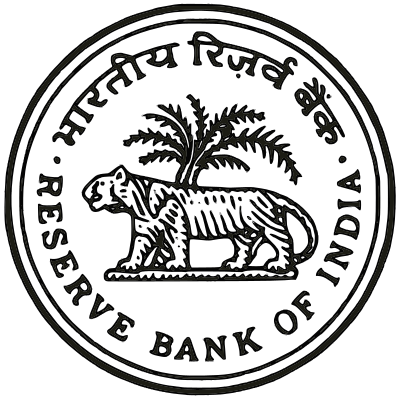
Key Points:
Inflation Control: – RBI Governor Shaktikanta Das stressed the importance of preserving the success in controlling inflation and achieving a 4% inflation target on a durable basis. – The baseline projections show inflation moderating to 4.5% in 2024-25 from 5.4% in 2023-24 and 6.7% in 2022-23.
Monetary Policy Stance: – Five of the six MPC members voted for maintaining the status quo in the policy rate. – MPC member Jayanth R Varma advocated a 25 basis point reduction in the repo rate, citing the growth sacrifice entailed by high-interest rates.
Economic Growth: – Das said the economic growth prospects of the Indian economy in 2024-25 look bright. – The strong growth momentum provides policy space to focus on price stability.
Geopolitical Risks: – Lingering geopolitical tensions and their impact on commodity prices and supply chains are adding to uncertainties in the inflation trajectory.
MPC Members’ Views: – Deputy Governor Michael Debabrata Patra believes headline inflation will remain high until favorable base effects come into play in the second quarter of 2024-25. – Executive Director Rajiv Ranjan said it is too early to ease guard against inflation. – MPC member Ashima Goyal noted that global trade is recovering but growth is mixed, and geopolitical risks continue. – Shashanka Bhide emphasized the importance of food inflation trends in sustaining the movement of headline inflation closer to the policy target.
IMF Commends India’s Fiscal Prudence Amidst Electoral Pressures
The International Monetary Fund (IMF) has praised India for maintaining fiscal discipline during an election year, highlighting the country’s strong economic performance and its role as a global bright spot. The IMF projects India’s growth rate at 6.8% for 2024-25, driven by private consumption and public investment.
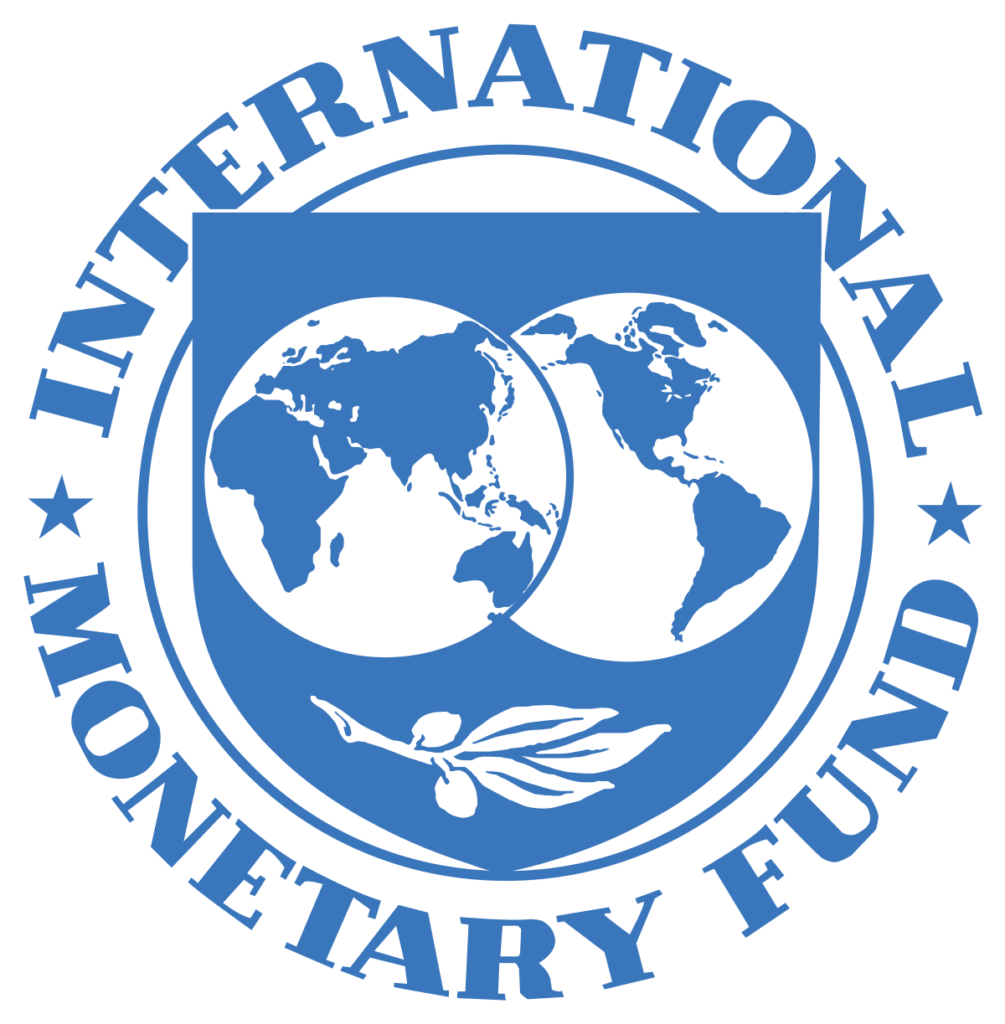
Key Points:
Economic Performance: – India’s economy is doing well, with a growth rate of 6.8%. – Inflation is coming down and macro fundamentals are solid.
Fiscal Discipline: – The government has maintained fiscal discipline, even during an election year. – This is crucial for long-term economic prosperity.
Global Growth Driver: – India is a major driver of global growth, contributing almost 17%.
Digital Public Infrastructure (DPI): – DPI enhances productivity, fosters innovation, and promotes financial inclusion. – It is a key factor in India’s bright spot status.
Young and Growing Population: – India has a young and growing population, which can provide a demographic dividend. – However, reforms in education, health, and labor market are needed to reap the benefits.
Investment Climate: – Reducing red tape and bureaucracy is essential to attract business investment. – Making the country more attractive to investors will support long-term growth.
Macroeconomic Statistics: – Accurate and reliable macroeconomic statistics are crucial for informed investment decisions.
Forex Reserves Dip from Record Highs After Seven-Week Surge
India’s foreign exchange reserves declined for the first time in eight weeks, dropping by $5.4 billion to $643.16 billion as of April 12. The Reserve Bank of India (RBI) has been intervening in the foreign exchange market to curb volatility in the rupee, which has been impacted by geopolitical tensions and concerns over delayed rate cuts by the Federal Reserve.
Key Points:
- Decline in Foreign Exchange Reserves: Reserves fell by $5.4 billion, the steepest drop in over three months.
- RBI Intervention: RBI has been selling dollars in the spot forex market to prevent rupee depreciation.
- Causes of Reserve Changes: RBI intervention and appreciation/depreciation of foreign assets held in reserves.
- Rupee Performance: Rupee fell 0.1% against the dollar in the reporting week, trading between 83.15 and 83.4250.
- Reserve Components: Reserves include foreign currency assets, reserve tranche position in the IMF, and gold.
Russia’s Dominance Erodes OPEC and Mideast Presence in India’s Oil Market
Russia has emerged as India’s top oil supplier for the second consecutive year, capturing a significant market share from Middle Eastern and OPEC producers. India’s reliance on Russian oil has increased due to discounted prices offered by Moscow amid Western sanctions.

Key Points:
- Russia’s Dominance: Russia accounted for 35% of India’s crude imports in 2023/24, up from 22% the previous year.
- Discounted Russian Oil: India has continued to purchase Russian oil despite sanctions, taking advantage of discounted prices.
- OPEC’s Market Share Loss: Russia has eroded the market share of key OPEC producers in the Middle East, including Saudi Arabia and Iraq.
- CIS Oil Imports: Imports from Russia, Kazakhstan, and Azerbaijan (CIS members) rose to 39% of India’s total imports in 2023/24.
- Middle Eastern Oil Decline: The share of Middle Eastern oil in India’s imports fell to an all-time low of 46%.
- Saudi Arabia’s Reduced Imports: India’s imports from Saudi Arabia declined due to higher official selling prices.
- Kuwait’s Diverted Crude: Kuwait has diverted its crude to a domestic refinery, leading to a drop in exports to India.
- OPEC and Non-OPEC Balance: India imported equal amounts of oil from OPEC and non-OPEC nations for the first time in 2023/2024.
Indian Companies’ Outward Foreign Direct Investment Remains Steady in FY24
Indian companies’ outward Foreign Direct Investment (FDI) stabilized in FY24 after a decline in FY23. The actual outward FDI slightly increased to $13.75 billion in FY24 from $13.49 billion in FY23. This stability follows a significant drop in outward flows in FY23 from $18.52 billion in FY22.
Key Points:
- Outward FDI Stabilizes: Outward FDI inched up to $13.75 billion in FY24, showing stability after a fall in FY23.
- Global Economy and Indian Company Strategies: Outward investment is influenced by the global economy and the strategies of Indian companies.
- Combined Financial Commitment: The combined financial commitment for FDI in equity, loans, and guarantees stood at $30.93 billion in FY24, lower than the previous two years.
- Equity Commitments Decline: Equity commitments continued to decline, reaching $8.15 billion in FY24.
- Guarantee Commitments Fall: Guarantee commitments also declined sharply to $17.40 billion in FY24.
- Debt Element Rises: The debt element saw a rise to $5.36 billion in FY24.
RBI Governor Affirms Adequacy of Current Monetary Policy Stance
RBI Governor Shaktikanta Das believes that the current monetary policy stance is appropriate, with growth prospects looking positive and inflation moderating. However, he cautions against complacency due to the vulnerability of inflation to supply-side shocks and geopolitical tensions. The RBI remains focused on aligning inflation with its target of 4% while supporting growth.

Key Points:
Growth Prospects: – Indian economy is growing at a robust pace, with an average annual growth of 8% in the last three years. – India remains the fastest growing major economy in the world.
Inflation Dynamics: – Headline CPI inflation has moderated to 5.1% in January-February 2024 from 5.7% in December 2023. – Core CPI inflation has softened by 180 basis points since June 2023, driving the disinflation process. – Volatile and elevated food inflation is disrupting the pace of disinflation.
Monetary Policy Stance: – RBI has kept the policy repo rate unchanged at 6.50%. – Five out of six MPC members voted to remain focused on withdrawal of accommodation to align inflation with the target. – One member voted for a change in stance to neutral.
Inflation Projections: – Baseline projections show inflation moderating to 4.5% in FY25 from 5.4% in FY24 and 6.7% in FY23. – Headline inflation is expected to remain in the upper reaches of the tolerance band until favorable base effects come into play in FY25 Q2.
Risks to Inflation: – Supply-side shocks, especially to food inflation, remain a vulnerability. – Geopolitical tensions and their impact on commodity prices and supply chains add to uncertainties.
Need for Caution: – RBI emphasizes the need for caution in the last mile of disinflation. – Downward pressure on inflation must be maintained until risks subside and uncertainties clear. – Anchoring inflation expectations is crucial for achieving the inflation target.
Addressing Fundamental Challenges in the Insurance Sector
The Insurance Regulatory and Development Authority of India (IRDAI) has issued the Insurance Product Regulations 2024, which provide a framework for the development and issuance of insurance products. The regulations aim to enhance customer responsiveness, promote innovation, simplify product understanding, and ensure policyholder protection.
Key Points:
Objectives:
- Facilitate faster customer response to market trends
- Design innovative products
- Promote ease of doing business
- Improve insurance penetration
- Promote good product governance
Product Design Principles:
- Adhere to basic insurance principles (insurable interest, indemnity, etc.)
- Provide adequate insurance with appropriate risk transfer
- Use simple and transparent language
- Ensure clarity in policy wordings, terms, coverage, exclusions, and conditions
Pricing Principles:
- Premiums should be adequate, fair, equitable, and non-discriminatory
- Products should be viable and self-sustainable for insurers
- Consider risk appetite, capital availability, claim experience, reinsurance costs, and market requirements
Schedules:
- Schedule I and III: Life insurance products
- Schedule II and III: General insurance products
- Schedule III: Health insurance products
Fundamental Problems:
- Existing products have not adequately addressed insurance penetration
- Policy wordings and exclusions often require simplification
- Product regulation is necessary to standardize and streamline products
Conclusion:
The Insurance Product Regulations 2024 aim to improve the insurance landscape in India. However, it remains to be seen whether the industry and regulators will effectively implement these regulations to enhance insurance penetration and protect policyholders.
MCA Invites Stakeholder Feedback for IBC Rule Overhaul
The Ministry of Corporate Affairs (MCA) is seeking stakeholder feedback on proposed revisions to various rules under the Insolvency and Bankruptcy Code (IBC). These revisions aim to enhance the pre-packaged scheme, address concerns related to personal guarantors and financial service providers, and streamline application and reporting processes.
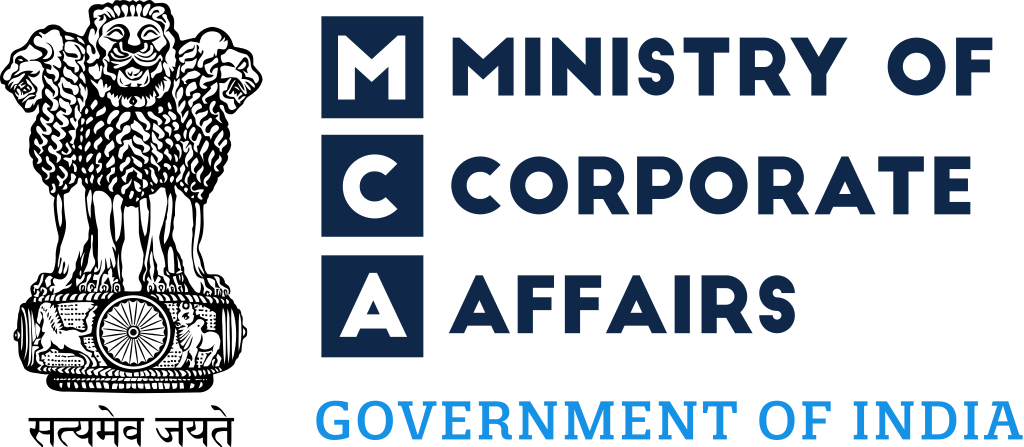
Key Points:
1. Pre-Packaged Scheme: – The MCA is considering extending the pre-packaged scheme to large companies. – The scheme is currently limited to micro, small, and medium enterprises (MSMEs).
2. Personal Guarantors: – The MCA is seeking feedback on revising rules related to personal guarantors.
3. Financial Service Providers: – The MCA is reviewing rules on the insolvency and liquidation of financial service providers.
4. Application to Adjudicating Authority: – The MCA is proposing changes to the rules on applications to the adjudicating authority.
5. Annual Statement of Accounts and Annual Report: – The MCA is seeking feedback on modifying the rules for annual statement of accounts and annual report.
6. Pre-Legislative Consultation: – The MCA has established a policy framework for pre-legislative consultation on rule-making. – Stakeholders will have 30 days to provide comments on proposed changes.
Rana Kapoor, Co-Founder of Yes Bank, Granted Bail in Bank Fraud Case After Four Years of Incarceration
Yes Bank co-founder Rana Kapoor has been granted bail in a Rs 466.51 crore bank fraud case, allowing him to be released from jail after four years. Kapoor had been arrested by the Enforcement Directorate in 2020 and faced multiple charges related to fraud at the bank. He has now secured bail in all cases.
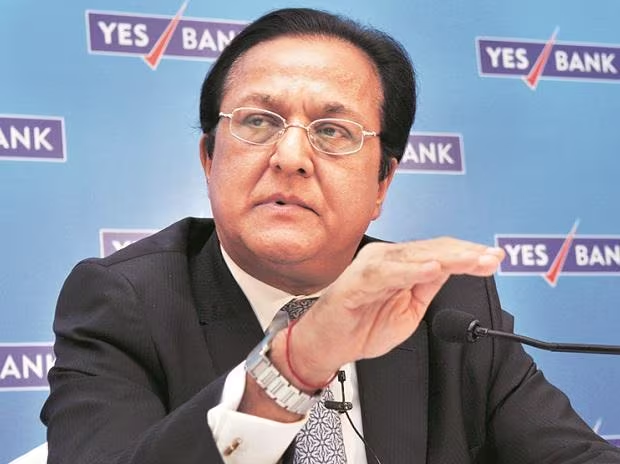
Key Points:
- Bail Granted: Rana Kapoor has been granted bail in the Rs 466.51 crore bank fraud case.
- Arrest and Charges: Kapoor was arrested in March 2020 by the Enforcement Directorate and booked in eight cases related to fraud at Yes Bank.
- Bail in All Cases: Kapoor has now secured bail in all the cases against him.
- Allegations: Kapoor and Avantha Group promoter Gautam Thapar are accused of criminal conspiracy, criminal breach of trust, cheating, and forgery for diverting public money.
- Release Pending: Kapoor’s lawyer is working to complete bail formalities to facilitate his release as soon as possible.
Banks Collaborate to Enhance Fraud Detection through Integration with MHA’s Cybercrime Portal
Banks in India are proposing to integrate their systems with the National Cybercrime Reporting Portal (NCRP) to enhance the speed and efficiency of freezing fraudsters’ accounts in the event of cyberattacks. This integration aims to prevent perpetrators from swiftly transferring stolen funds across multiple bank accounts, making it easier for banks and law enforcement to recover the stolen funds.
Key Points:
- Integration with NCRP: Banks propose API integration with NCRP to reduce response time and automate account freezing.
- API Integration: API allows systems to communicate without manual intervention, enabling instant reporting of fraud.
- Centralized Information: API integration would provide all banks with immediate access to fraud information, increasing the chances of fund recovery.
- Daily Data Sharing: Banks recommend daily sharing of data on frozen accounts to facilitate record reconciliation.
- Standard Operating Procedure: I4C may issue guidelines for account freezing and fund release for NCRP-reported cases.
- Negative Account Details Sharing: I4C should facilitate the sharing of negative account and KYC details to prevent fraudsters from opening new accounts with similar information.
Banks Explore Iris Scans as a Secure Transaction Verification Method
Indian commercial banks are exploring the use of iris scans for transaction authentication, particularly for senior citizens. The banks are discussing implementation challenges and potential linkages with the Aadhaar platform, which already offers iris authentication.

Key Points:
Implementation Challenges:
- Ageing can distort fingerprints and thumb impressions, making them less reliable for authentication.
- Iris scans may be affected by cataract surgery, raising concerns about reliability.
Cyber Security Challenges:
- Iris scans may be vulnerable to cyber attacks.
Potential Linkages with Aadhaar:
- Aadhaar already offers iris authentication, which could be leveraged for bank transactions.
Options for Senior Citizens:
- Re-enrolment may be necessary for senior citizens undergoing eye surgery.
Previous Initiatives:
- State Bank of India has considered installing iris scanners at customer service points.
Cyber Fraud Concerns:
- AEPS frauds, which include iris scans, accounted for 11% of cyber financial scams in 2023.
Bank Lending Experiences Decade-High Surge of 16% in Fiscal Year
Bank credit in India experienced a significant 16% growth during the past fiscal year, marking the highest growth rate in the last decade. This surge in lending is attributed to banks’ increased appetite for lending, supported by stronger financial metrics and the cleansing of their balance sheets. The economic recovery from the pandemic and sustained retail demand for loans have also contributed to the higher credit growth.
Key Points:
1. Bank Credit Growth: – Bank credit grew by 16.1% year-on-year as of April 5, 2023. – The growth rate is higher at 19.9% if the HDFC Bank merger is considered.
2. Drivers of Credit Growth: – Retail demand for loans is the primary driver of credit growth. – Corporate demand for loans is also on the rise due to private sector capacity expansion.
3. Economic Outlook: – The prospects for fixed investment remain bright due to business optimism, healthy corporate and bank balance sheets, and government capital expenditure. – Domestic economic activity remains resilient, supported by strong investment demand. – Higher interest rates have not dampened business and consumer sentiments.
4. Consumer Spending and Income: – Urban households expect an increase in discretionary spending. – Improving income levels are expected to strengthen private consumption.
5. Agricultural and Manufacturing Sectors: – A normal southwest monsoon is expected to support agricultural activity. – Manufacturing is expected to maintain its momentum due to sustained profitability.
6. Bank Deposits: – Banks’ aggregate deposit grew by 13.2% year-on-year. – The growth rate is 13.8% if the HDFC Bank merger is considered.











